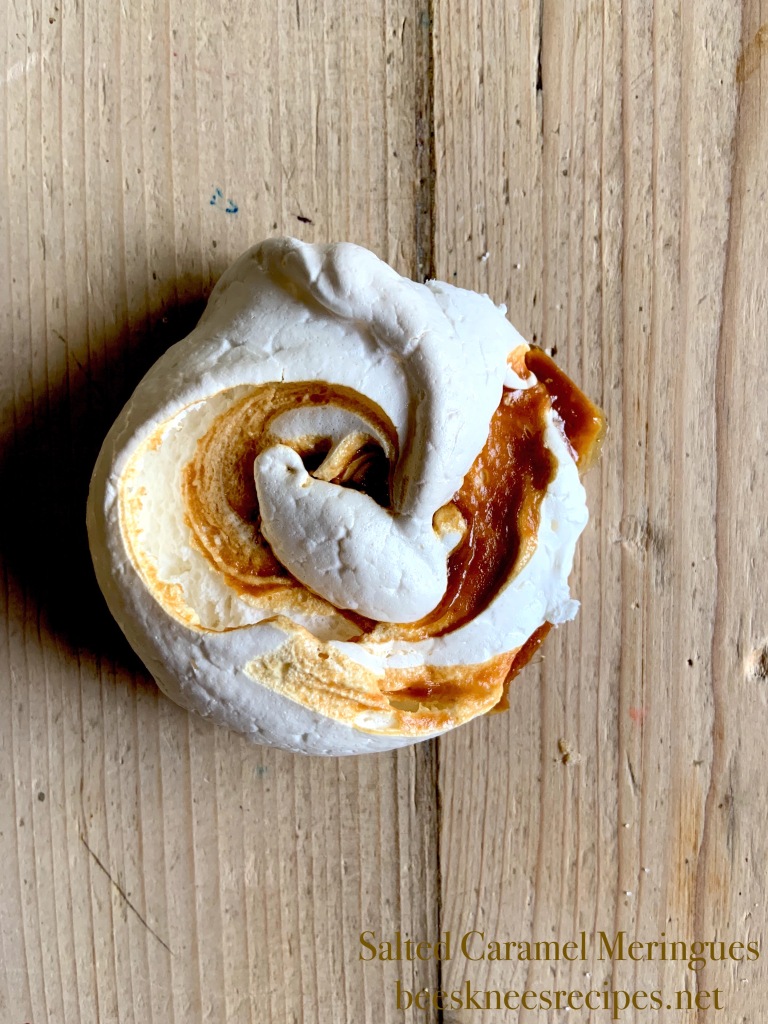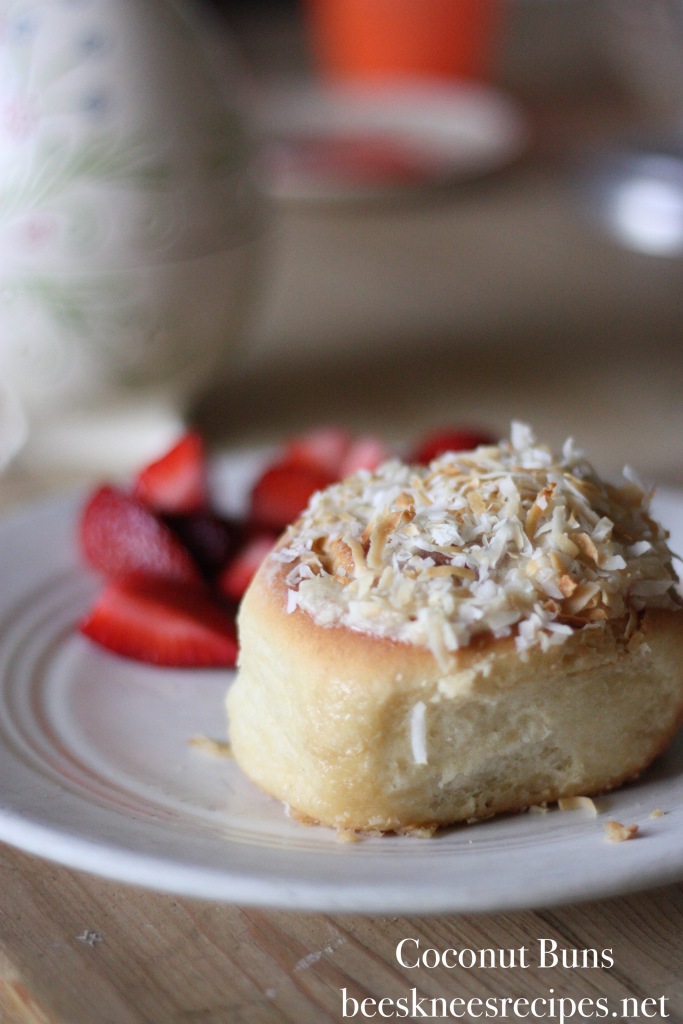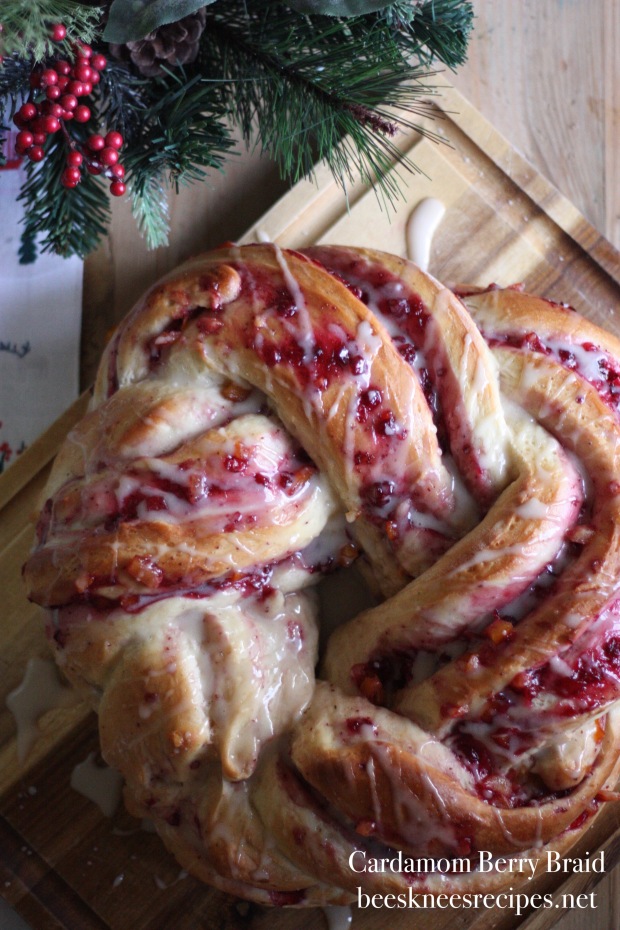
I go a little nuts at holidays. With baking, that is. It’s all those lovely pictures from my magazines and cookbooks that show everything I would love to have on my holiday table. I have a friend who calls this obsession “holiday hopes and dreams” but I think she is referring to her kids. Strangely, I still have a collection of those.
I saw this loaf and thought it was so pretty, while also being not very sweet, a good addition for someone who likes to go a little overboard on the breads and candies. It’s a charming centerpiece and an easy bake, and rewardingly simple. The recipe comes from Recipes from the Old Mill: Baking with Whole Grains.
You can also see the multiplicity of bakes here: I couldn’t stop with just the Braid! I actually also made cupcakes and cookies, too. And distributed many of them. My additional holiday hope and dream is to cover the house in Cadbury Mini Eggs. I mean, it’s just once a year.
Braided Easter Basket
2 1/4 t. yeast
3/4 c. warm water
1/4 c. sugar
3 T. instant dry milk
1/4 c. oil or butter
1 t. salt
1 egg
1 c. whole wheat flour
2-2 1/2 c. flour
Dissolve yeast in warm water. Let set for 5 minutes. Add sugar, dry milk, oil or butter, salt, egg, and whole wheat flour. Add enough flour to make a soft dough.
On floured surface, knead 8-10 minutes, till smooth and elastic. Place in greased bowl, turning once to grease surface. Cover. Let rise in warm place till double, about 1 hour.
Punch down. Divide in thirds. Cover. Let rest 10 minutes. Shape 1/3 of dough in 6 “eggs.” Place close together in the center of greased baking sheet. For nest, shape remaining dough in two 26″ ropes. Twist together. Coil around “eggs.” Seal ends. Cover. Let rise till double, about 45-60 minutes.
Bake at 375 degree for 15-20 minutes.
Frost the braid with confectioner’s sugar icing (powdered sugar, a little milk, and vanilla or orange zest for a little more flavor), starting with the “eggs.” As soon as iced, sprinkle with candy decorations. Glaze the coiled nest. Sprinkle with coconut that has been tinted green with a few drops of green food coloring.












